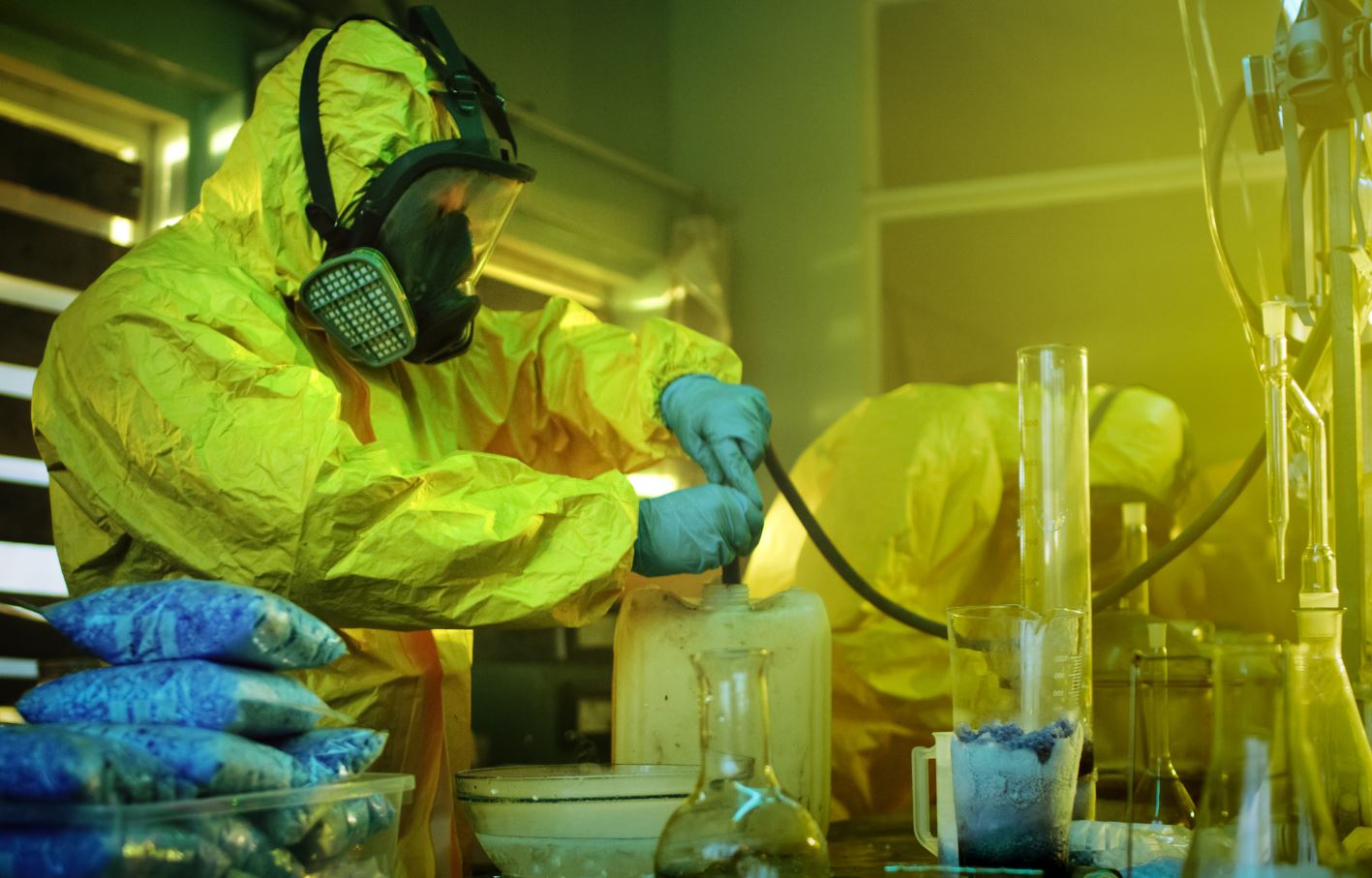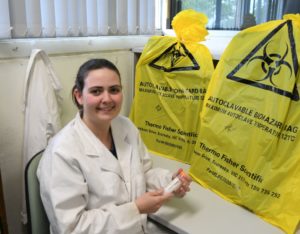
Flinders University researchers are looking for more accurate methods to detect traces of toxic methamphetamine contamination left behind on soft porous surfaces, clothing or in the air which may pose a third-hand risk to the public.
A new study, published in Toxics, points out that exposure health risks may occur even after extensive clean-up of surfaces in dwellings used to manufacture or in the air where meth has been used in the past.
“There is a lack of information on the transfer processes of methamphetamine from indoor air and clothing that could contribute to potential health risks from potential re-emission, direct skin contact and ingestion from hand-to mouth activity in these areas,” says Flinders PhD candidate Gemma Kerry, from the Forensic and Analytical Science research group.

“Previous studies show methamphetamine contamination can re-emit and further transfer from hard, non-porous surfaces so our investigations will seek to better understand exposure risks and detection from air and porous materials since this is an area of research with limited information.”
Illicit use of methamphetamine poses a first-hand risk to users of the drug, and leads to second- or third-hand exposure in people directly near the drug use or synthesis – either immediately after or even when the drug use finishes.
Typically, contaminated soft furnishings are discarded since they can be difficult to effectively clean and can possibly release the drug, while clothing may be cleaned after washing in detergent.
The latest research will focus on how remaining substances can affects people, including children, who may live in a house contaminated by previous users or have third-hand exposure to contaminated belongings of previous inhabitants – or even exposure in public places used for meth consumption.
Air sampling of indoor air at these areas can show elevated levels of methamphetamine which could pose a threat to third parties.
A 2019 Australian Institute of Health and Welfare study, which describes a crystalline (ice or crystal) form of methamphetamine as its most potent form, found 1.3% of Australians aged 14 and over reported using meth or an amphetamine – down from 3.4% in 2001.
Excluding second- and third-hand exposure, the use of meth is rising with the United Nations Office on Drugs and Crime estimating about 0.5% of the global population aged 15 to 64 has used amphetamines. This equates to about 300,000 Australians and 27 million people worldwide who have used an amphetamine for personal use.
The article, A Review of Methods Used to Detect Methamphetamine from Indoor Air and Textiles in Confined Spaces, (2022) by Gemma L Kerry, Kirstin E Ross, Jackie L Wright and G Stewart Walker has been published in Toxics DOI: 10.3390/toxics10110710.

